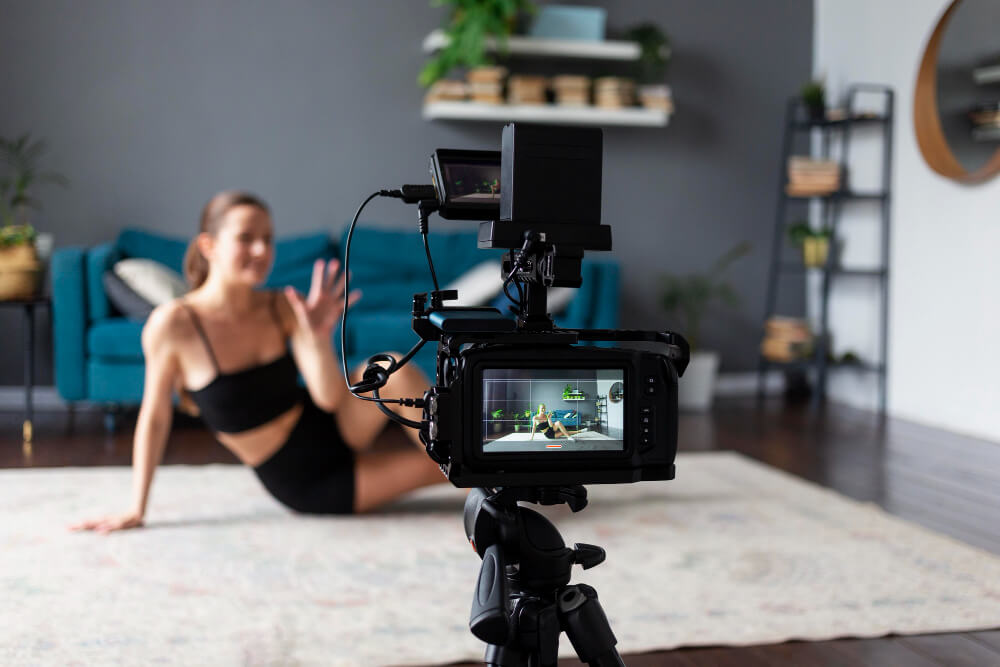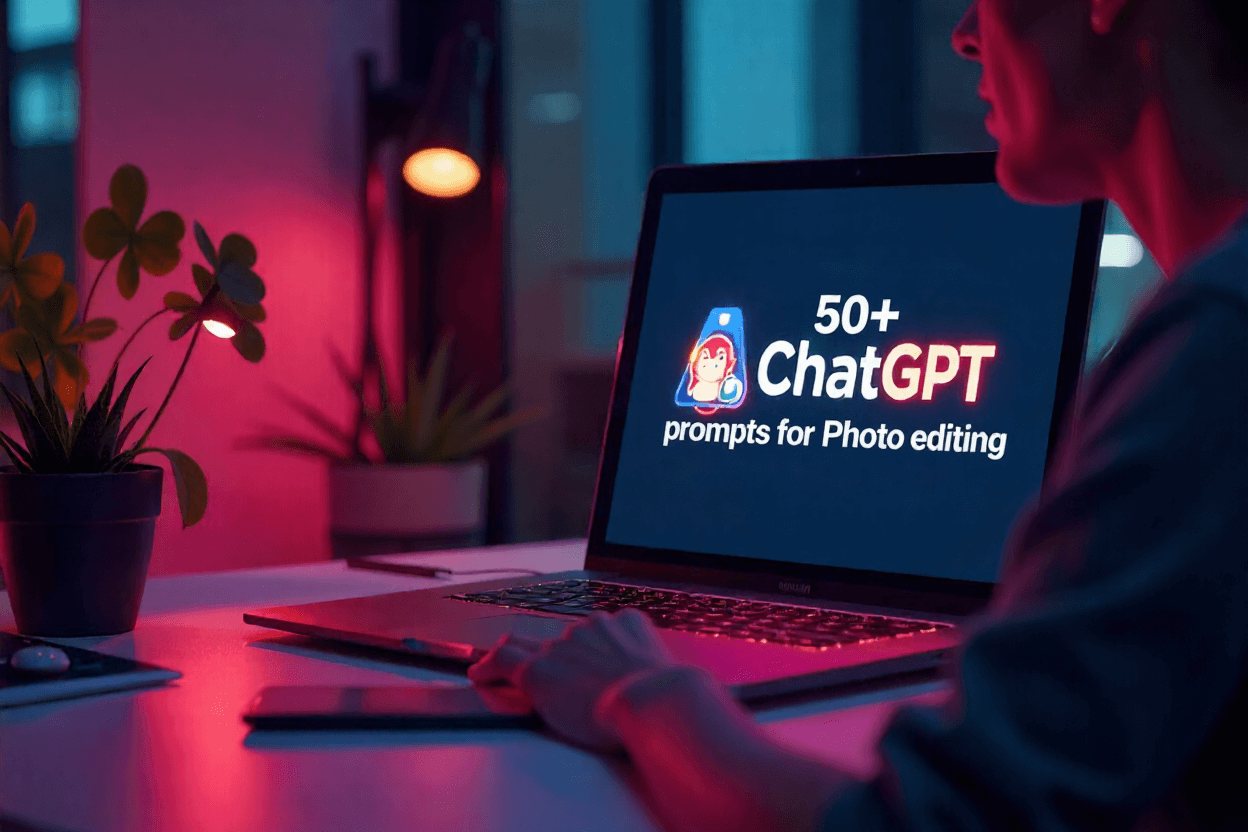
Live video marketing has emerged as a dynamic and powerful tool for brands seeking to forge genuine connections with their audiences in real time. In an era where authenticity and immediacy are valued more than ever, live video offers a unique opportunity to engage with customers, share experiences, and build trust like never before.
In this blog post, we delve into the realm of live video marketing, exploring its definition, significance, and how it enables brands to establish meaningful connections with their target audience. From the rise of live video consumption to the benefits, strategies, and challenges associated with this medium, we’ll uncover the keys to successful live video marketing campaigns and provide actionable insights for marketers looking to leverage this powerful tool effectively.
The Rise of Live Video Marketing
The digital landscape is constantly evolving, and one of the most notable shifts in recent years has been the meteoric rise of live video marketing. With the advent of social media platforms offering live-streaming capabilities, brands now have unprecedented opportunities to engage with their audience in real time.
Statistics and trends in live video consumption
The surge in live video consumption represents a fundamental shift in how audiences engage with content online. Statistics and trends underline this seismic change, revealing a steady increase in the popularity of live video across various platforms. Viewers are drawn to the spontaneity and immediacy of live broadcasts, with studies indicating a preference for authentic, unscripted content over polished productions. This shift in consumer behavior underscores the significance of live video as a powerful tool for brands to connect with their audience on a deeper level.
Platforms supporting live video marketing
Social media platforms have played a pivotal role in democratizing live video, providing brands with accessible and user-friendly tools to broadcast in real time. Platforms such as Facebook Live, Instagram Live, YouTube Live, and Twitch offer diverse opportunities for brands to engage with their audience directly. Each platform boasts its unique strengths and demographics, allowing marketers to tailor their live video content to specific audiences and objectives. Brands have embraced these platforms as avenues for storytelling, customer engagement, and community building, leveraging live video to humanize their brand and foster authentic connections with their audience.
Benefits of Live Video Marketing
Live video marketing offers a plethora of advantages for brands seeking to enhance their digital presence and engage with their audience in more meaningful ways. Here are some key benefits:
Increased engagement and interaction with the audience
Live video content inherently fosters higher levels of engagement compared to pre-recorded videos or static posts. Viewers are drawn to the real-time interaction and the opportunity to participate in the conversation by asking questions, leaving comments, and reacting to content as it unfolds. This heightened engagement not only strengthens brand-consumer relationships but also extends the reach of the content through social sharing and word-of-mouth promotion.
Authenticity and transparency in brand communication
Live video allows brands to showcase their authenticity by providing unfiltered, unscripted glimpses into their operations, culture, and values. By presenting a genuine and transparent image, brands can build trust and credibility with their audience, fostering loyalty and advocacy over time. Authenticity resonates with consumers in an era dominated by skepticism and distrust, making live video an invaluable tool for humanizing brands and connecting with audiences on a deeper level.
Ability to address questions and concerns in real-time
One of the most compelling aspects of live video marketing is the ability to engage with the audience in real time. Brands can address questions, respond to comments, and tailor the content based on immediate feedback, creating a two-way dialogue that fosters deeper connections and fosters a sense of community. This real-time interaction not only enhances the viewer experience but also provides valuable insights into audience preferences, pain points, and interests, allowing brands to refine their messaging and offerings accordingly.
Building stronger relationships with the audience
Building Stronger Relationships: Live video marketing enables brands to forge stronger, more personal connections with their audience by showcasing their human side and fostering genuine interactions. By inviting viewers into their world, brands can establish emotional connections that resonate long after the broadcast ends. Whether through live Q&A sessions, behind-the-scenes tours, or interactive demonstrations, brands can cultivate a loyal fan base that feels invested in their journey and values.
Strategies for Effective Live Video Marketing
To leverage the full potential of live video marketing, brands need to adopt strategic approaches that captivate audiences, foster engagement, and drive desired outcomes. Here are key strategies for executing successful live video campaigns:
Planning and preparation: Setting goals and determining content
Successful live video marketing begins with careful planning and preparation. Define clear objectives for your live broadcasts, whether it’s to increase brand awareness, drive sales, or foster community engagement. Develop a content calendar outlining topics, formats, and schedules for your live broadcasts, ensuring alignment with your overall marketing strategy. Consider factors such as timing, duration, and frequency to maximize reach and impact.
Promoting your live video sessions in advance
Generate excitement and anticipation for your live video broadcasts by promoting them across your marketing channels. Utilize email newsletters, social media posts, and targeted ads to notify your audience about upcoming broadcasts and encourage them to tune in. Tease intriguing content and special guests to pique interest and incentivize attendance. Consider partnering with influencers or collaborators to expand your reach and attract new viewers.
Engaging with the audience during the live broadcast
Engage with your audience actively during the live broadcast to create an immersive and interactive experience. Encourage viewers to participate by asking questions, leaving comments, and reacting to the content in real time. Address viewer questions and comments promptly, fostering a sense of connection and inclusion. Incorporate interactive elements such as polls, quizzes, and giveaways to incentivize engagement and keep viewers engaged throughout the broadcast.
Leveraging interactive features
Take advantage of the interactive features offered by the live video platforms to enhance viewer engagement and participation. Host live Q&A sessions where viewers can submit questions and receive immediate responses from hosts or guest speakers. Conduct live polls to gather audience feedback, preferences, and opinions on relevant topics. Enable viewer reactions such as likes, hearts, and emojis to gauge audience sentiment and reinforce positive interactions.
Analyzing performance and gathering feedback for improvement
Measure the performance of your live video campaigns using relevant metrics such as viewership, engagement, retention, and conversion rates. Track audience demographics, viewer behavior, and feedback to gain insights into what resonates with your audience and what areas need improvement. Use analytics tools provided by the platform or third-party software to analyze performance data and identify trends over time. Iterate and refine your live video strategy based on these insights, continuously optimizing your approach to achieve better results.
Also Read: Tweet to Image Converter Tools
Tips for Creating Compelling Live Video Content
Creating compelling live video content requires careful planning, creativity, and an audience-centric approach. Here are some tips to help you produce engaging and memorable live video broadcasts:
Showcasing behind-the-scenes footage
Take your audience behind the curtain and offer exclusive glimpses into your brand’s operations, culture, and personality. Whether it’s a tour of your office, a sneak peek into product development, or a day in the life of your team, behind-the-scenes content humanizes your brand and fosters a sense of authenticity and connection with your audience.
Hosting interviews and Q&A sessions with industry experts
Invite industry experts, influencers, or members of your team to participate in live interviews and Q&A sessions. Engage with your audience by soliciting questions in advance or during the broadcast, and provide valuable insights, expertise, and perspectives on relevant topics. Interviews add credibility, diversity, and depth to your content while offering valuable learning opportunities for your audience.
Demonstrating product features and benefits in real-time
Use live video to showcase your products or services in action and highlight their features, benefits, and use cases. Conduct product demonstrations, tutorials, or how-to guides to educate your audience and address common pain points or questions. Interact with viewers by soliciting feedback, answering questions, and addressing concerns in real time, fostering trust and confidence in your offerings.
Hosting live events and webinars
Organize and promote live events, webinars, or workshops to engage with your audience around specific topics, themes, or initiatives. Whether it’s a product launch, a thought leadership panel, or a training session, live events offer a valuable platform for delivering valuable content, fostering community engagement, and driving meaningful interactions with your audience.
Incorporating storytelling to connect emotionally with the audience
Harness the power of storytelling to captivate and connect with your audience on an emotional level. Craft narratives that resonate with your audience’s interests, aspirations, and values, and weave them into your live video content. Share anecdotes, testimonials, or success stories that illustrate your brand’s mission, impact, and relevance, fostering empathy, relatability, and resonance with your audience.
Overcoming Challenges in Live Video Marketing
While live video marketing offers numerous benefits, it also presents unique challenges that brands must navigate to ensure successful outcomes. Here are some common challenges and strategies for overcoming them:
Technical difficulties and troubleshooting
One of the most significant challenges of live video marketing is the potential for technical issues such as poor connectivity, audio/video glitches, or equipment malfunctions. To mitigate these risks, conduct thorough testing and rehearsals before going live to identify and address any potential issues. Invest in reliable equipment, stable internet connections, and backup solutions to minimize the likelihood of technical disruptions. Additionally, have a contingency plan in place to troubleshoot and resolve technical issues quickly during the broadcast, ensuring a seamless viewing experience for your audience.
Dealing with negative comments or trolls
Live video broadcasts are susceptible to negative comments, criticism, or trolling from viewers. It’s essential to have a strategy in place for moderating and managing comments to maintain a positive and respectful environment. Assign moderators to monitor the chat and address inappropriate or disruptive comments promptly. Establish clear guidelines for acceptable behavior and enforce them consistently to foster a safe and supportive community. Focus on engaging with constructive feedback and ignoring or blocking trolls to prevent them from derailing the conversation.
Handling unexpected situations gracefully
Despite meticulous planning, live video broadcasts are inherently unpredictable, and unforeseen circumstances may arise during the broadcast. Whether it’s a guest running late, technical difficulties, or unexpected interruptions, it’s crucial to remain calm, adaptable, and resourceful in handling these situations. Communicate transparently with your audience about any issues or delays and reassure them that you’re working to resolve them. Maintain a positive and professional demeanor, and leverage improvisation skills to keep the broadcast engaging and on track despite challenges.
Measuring Success in Live Video Marketing
Effectively measuring the success of live video marketing campaigns is essential for optimizing performance, refining strategies, and demonstrating return on investment. Here are key metrics to track and strategies for evaluating the effectiveness of your live video efforts:
A. Key metrics to track
- Viewership: Measure the total number of viewers who tuned into your live broadcasts, as well as peak concurrent viewership and average watch time. This metric provides insights into the reach and engagement of your content.
- Engagement: Monitor engagement metrics such as likes, comments, shares, and reactions to gauge audience interaction and participation during the live broadcast. High levels of engagement indicate a strong connection with your audience and the effectiveness of your content.
- Retention: Analyze audience retention rates to understand how well your content is holding viewers’ attention over time. Identify drop-off points and areas where viewers are disengaging to optimize content and pacing.
- Conversion Rates: Track conversion metrics such as click-through rates, sign-ups, purchases, or other desired actions taken by viewers during or after the live broadcast. Measure the impact of your live video content on driving conversions and achieving your marketing objectives.
- Reach and Impressions: Assess the reach and impressions of your live video content across different platforms and channels. Monitor metrics such as total reach, impressions, shares, and mentions to evaluate the visibility and virality of your content.
- Audience Feedback: Solicit feedback from viewers through surveys, polls, or comments to gather insights into audience preferences, perceptions, and satisfaction with your live video content. Use this feedback to iterate and improve future broadcasts.
- Return on Investment (ROI): Calculate the ROI of your live video marketing efforts by comparing the costs associated with production, promotion, and distribution against the benefits generated, such as increased brand awareness, engagement, and conversions. Determine the cost per acquisition or other relevant KPIs to assess the efficiency and effectiveness of your campaigns.
Strategies for Analysis and Optimization
- Set Clear Objectives: Align your measurement efforts with specific goals and objectives for your live video marketing campaigns. Define key performance indicators (KPIs) that are relevant to your objectives and track progress against these metrics.
- Use Analytics Tools: Leverage analytics tools provided by live video platforms, social media channels, and third-party software to track and analyze performance metrics in real time. Use these insights to identify trends, patterns, and areas for improvement.
- A/B Testing: Experiment with different formats, content types, and promotional strategies through A/B testing to determine what resonates most with your audience. Test variables such as timing, duration, content, and calls to action to optimize performance and maximize results.
- Iterate and Improve: Continuously iterate and refine your live video marketing strategies based on performance data, audience feedback, and industry best practices. Experiment with new ideas, techniques, and formats to keep content fresh and engaging.
- Benchmark Against Industry Standards: Benchmark your performance against industry standards and competitors to gain perspective on your relative performance and identify areas of strength and opportunity.
- Monitor Trends and Adapt: Stay informed about emerging trends, changes in audience behavior, and platform updates to adapt your live video strategies accordingly. Remain agile and responsive to evolving market dynamics to maintain relevance and effectiveness.
Conclusion
Live video marketing represents a dynamic and powerful approach for brands to connect with their audience in real time, foster engagement, and achieve marketing objectives. Throughout this exploration, we’ve delved into the transformative potential of live video, uncovering its myriad benefits, effective strategies, and potential challenges. From showcasing authenticity and transparency to fostering real-time interaction and measuring success, live video offers unparalleled opportunities for brands to resonate with their audience and drive meaningful results.
As we conclude our discussion, it’s clear that live video marketing is not just a trend but a fundamental shift in how brands engage with their audience in the digital age. By embracing the principles of planning, promotion, engagement, and analysis, brands can harness the power of live video to forge deeper connections, build trust, and ultimately drive business growth. As technology continues to evolve and consumer preferences evolve, live video marketing will remain a valuable tool for brands looking to stand out in a crowded digital landscape and make a lasting impact on their audience.






